Key Highlights
- The Deep Ocean Mission (₹4,077 crore, 2021–26) advances deep-sea mining, biodiversity mapping, and renewable ocean energy.
- Coastal communities gain new skills, alternative livelihoods, and disaster resilience through mapping and early-warning systems.
- Offshore wind farms, gas hydrates, and blue carbon projects expand the energy portfolio beyond thermal gradients.
- Robust governance, funding allocations, and public–private partnerships ensure environmental compliance and institutional oversight.
- Comparative lessons from Norway and Canada guide India’s ecosystem stewardship and community engagement.
Background
Why the Blue Economy Matters
Blue Economy means using marine resources for sustainable economic, social, and environmental development. It supports livelihoods in fisheries, tourism, shipping, biotechnology, and energy, while protecting ecosystem health. India, with its vast maritime assets, aims to boost GDP, diversify energy, and reinforce food and environmental security.
To harness these resources, India linked the Deep Ocean Mission with the Sagarmala Program and Blue Economy Policy (draft, 2021). These policies aim for modern ports, improved coastal infrastructure, and ecologically balanced growth. The Blue Economy now contributes about 4% to India’s GDP, but has the potential to grow sharply by 2030. cenfa
The International Framework
India’s marine activities are governed by the United Nations Convention on the Law of the Sea (UNCLOS). The country works with the International Seabed Authority (ISA), which has granted India rights over a 75,000 sq km site in the Central Indian Ocean Basin rich in rare metals and minerals. Strategic partnerships, like Gujarat National Law University with ISA, bolster India’s capacity on law of the sea and sustainable mining
Core Analysis
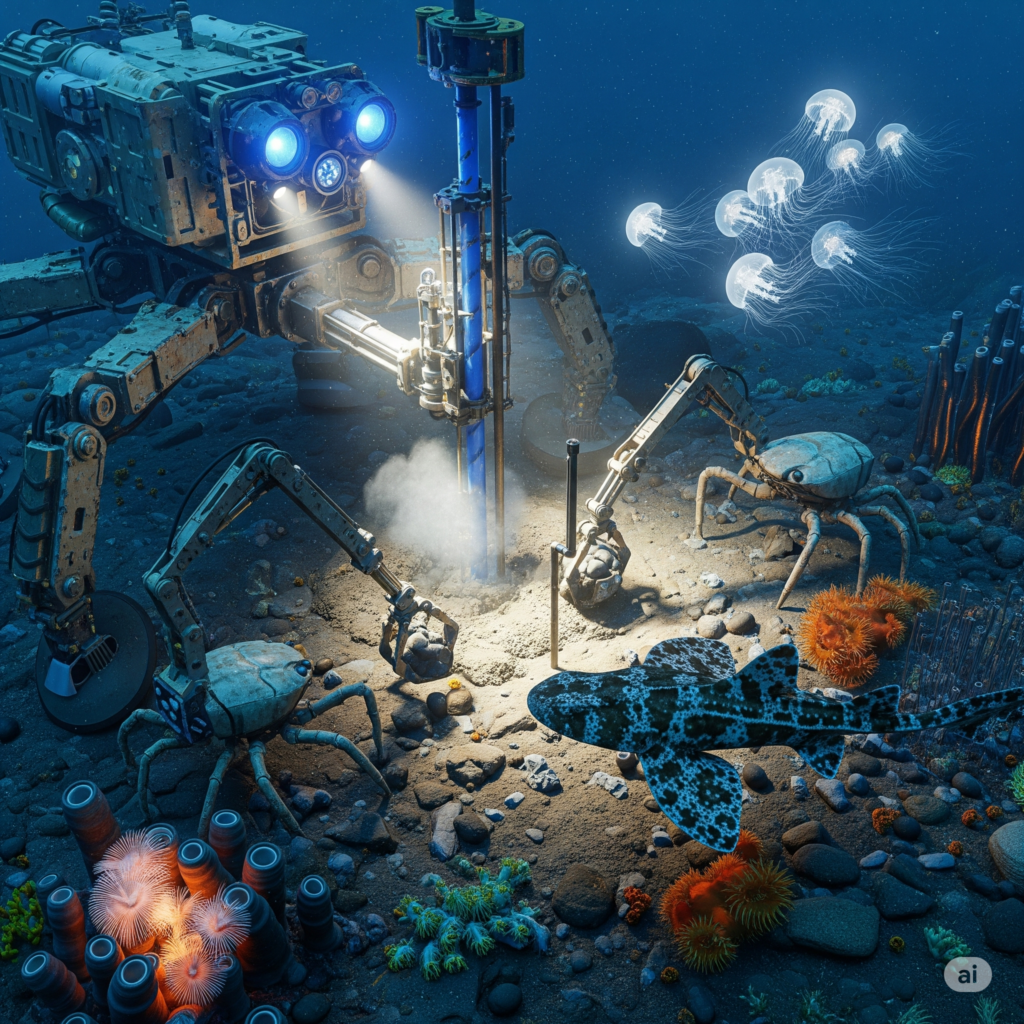
Economic and Technological Dimensions
- Deep-Sea Minerals and Energy: Polymetallic nodules rich in nickel, cobalt, and rare earths promise resource security amid global battery demand. Gas hydrates and ocean thermal gradients diversify the renewable energy mix.
- Indigenous Technology: Samudrayaan and Matsya 6000 submersibles, AUVs, and ROVs enable safe operations at 6,000 m depths. Partnerships with ISRO, NIOT, and global firms accelerate innovation.
- Private Sector Engagement: Incubators and innovation challenges invite startups and multinationals to co-develop marine robotics, biotech, and subsea sensors. Public–private partnerships finance infrastructure and R&D.
Social and Community Impacts
- Coastal Livelihoods: Fishing and tourism communities receive training in marine biotechnology, eco-tourism, and vessel operations. Alternative livelihoods reduce overfishing and ocean stress.
- Disaster Risk Reduction: Bathymetric mapping and coastal zone studies bolster tsunami and cyclone early-warning systems. Blue carbon initiatives restore mangroves for shoreline protection and carbon sequestration.
Governance, Funding, and Institutional Mechanisms
- Budget Allocation: The ₹4,077 crore is split between the Ministry of Earth Sciences, DoC, and collaborative grants for universities and research labs. Environmental impact assessments are overseen by a dedicated inter-ministerial task force.
- Regulatory Framework: India’s Blue Economy policy mandates green clearances, safety norms, and benefit-sharing with coastal communities. ISA and UNCLOS rules guide seabed mining licenses and sustainable practices.
Environmental and Ethical Considerations
- Ocean Acidification: Rising CO₂ levels lower pH, threatening coral reefs, shellfish, and fisheries. Mission-funded monitoring stations track pH changes and inform mitigation efforts.
- Ecosystem Stewardship: Baseline biodiversity mapping informs protected zones. Comparative studies of Norway’s mineral governance and Canada’s coastal partnerships help refine India’s safeguards and community benefit frameworks.
Timeline of Milestones
- 2022: Matsya 6000 trials and unmanned seabed mapping.
- 2023: AUV and ROV deployment for polymetallic nodule surveys.
- 2024: Samudrayaan crewed mission scheduled; preliminary offshore wind farm pilots.
- 2025: Gas hydrate extraction feasibility studies; coastal early-warning network operational.
- 2026: Full-scale deep-sea mining pilot under ISA guidelines and expanded coastal resilience programmes.
Way Forward
- Scale Technology and Local Manufacturing: Incentivize domestic production of submersibles, sensors, and vessels; upskill engineers and technicians.
- Expand Renewable Portfolios: Prioritize offshore wind, gas hydrates, and blue carbon projects alongside existing energy research.
- Strengthen Community Partnerships: Co-design benefit-sharing models, training programmes, and eco-tourism initiatives with coastal populations.
- Enhance Policy and Oversight: Simplify licensing, enforce environmental norms, and integrate inter-agency coordination under a unified Blue Economy authority.
- Foster Global Collaboration: Learn from Norway’s seabed codes and Canada’s indigenous co-management to balance resource extraction with conservation.
Conclusion
India’s Deep Ocean Mission charts a course into uncharted waters. By combining cutting-edge technology, community inclusion, robust governance, and international best practices, the mission promises sustainable growth. Success hinges on balancing economic ambitions with marine ecosystem health and coastal resilience. If executed well, India’s blue frontier will yield prosperity, security, and climate resilience for generations.
Gist:
- India’s Deep Ocean Mission drives marine resource science, technology, and the Blue Economy with global partnerships.
- Manned deep-sea submersibles (Matsya 6000) and advanced robotics accelerate exploration and mining, strengthening strategic capabilities.
- Sagarmala and Blue Economy policies integrate port-led growth, trade, ecological security, and coastal development.
- Environmental threats like ocean acidification, biodiversity loss, and mining risks require advanced monitoring and sustainable practice.
- International frameworks (UNCLOS, ISA) ensure legality, environmental stewardship, and responsible resource extraction.
Mains Questions
- Discuss how India’s Deep Ocean Mission aligns with the broader Blue Economy framework while addressing sustainability challenges.
- Evaluate the strategic and economic implications of India’s participation in global deep-sea governance under UNCLOS and ISA.

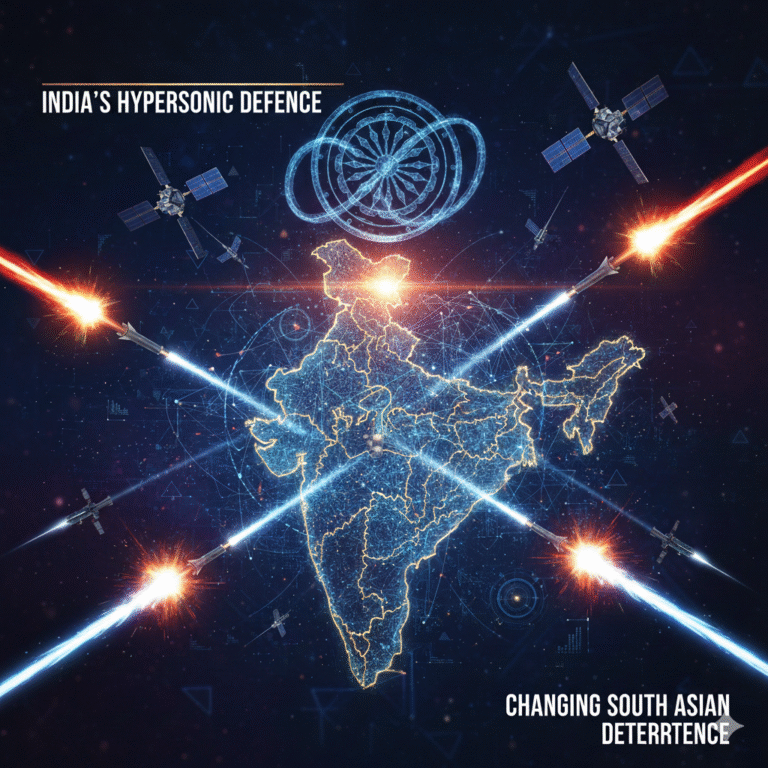
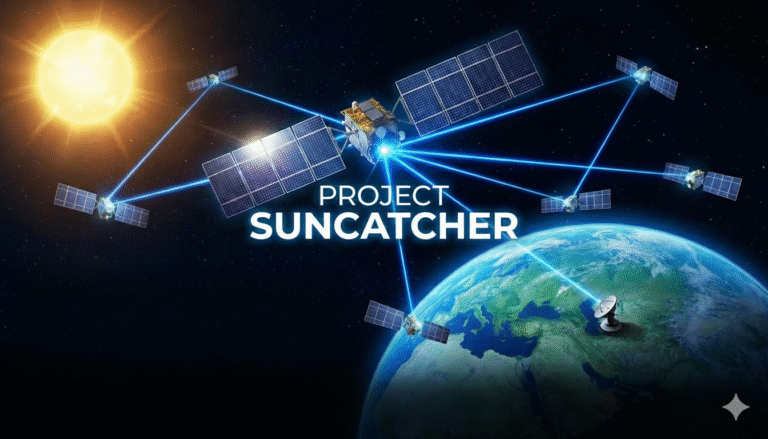
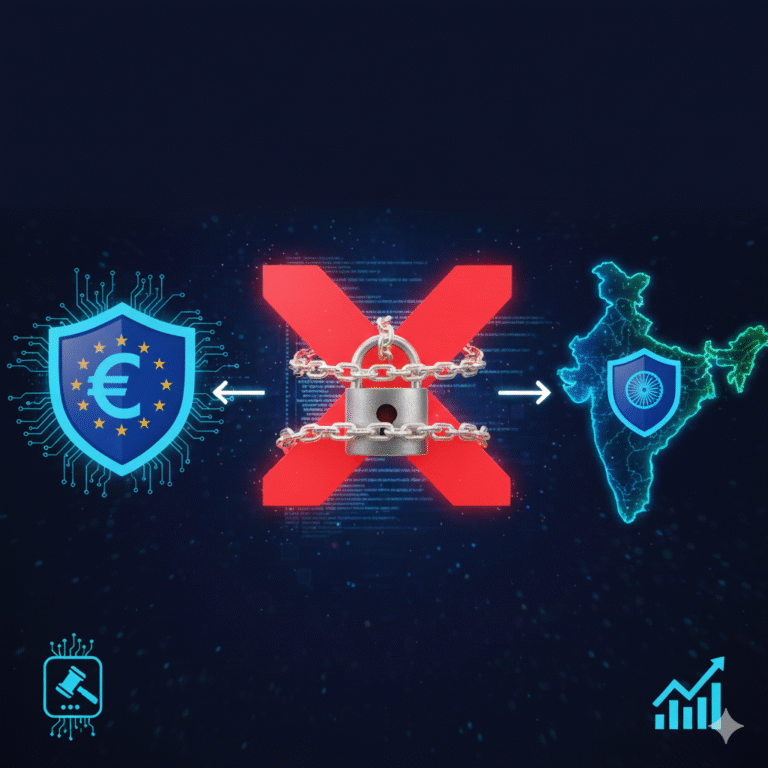

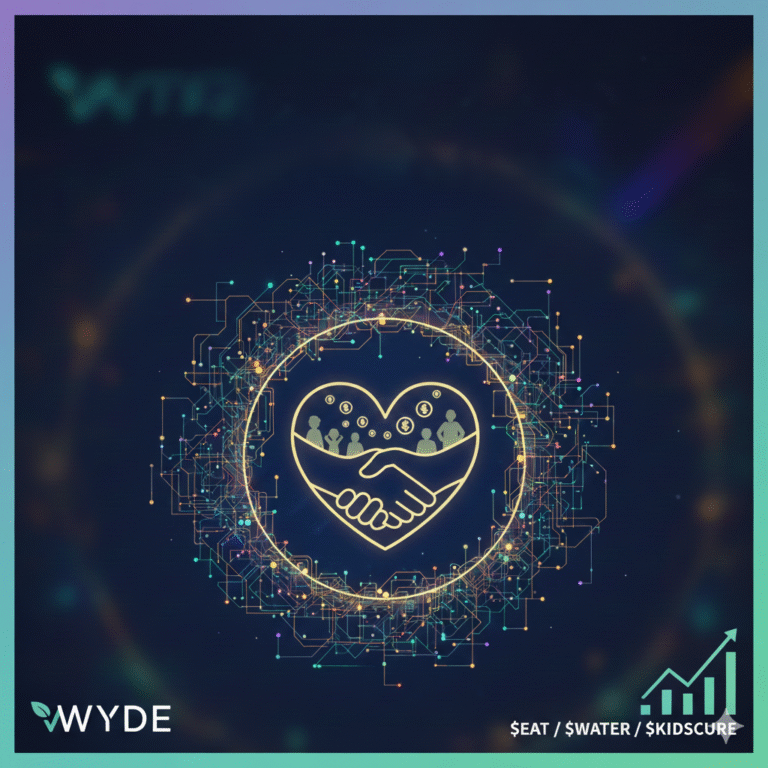

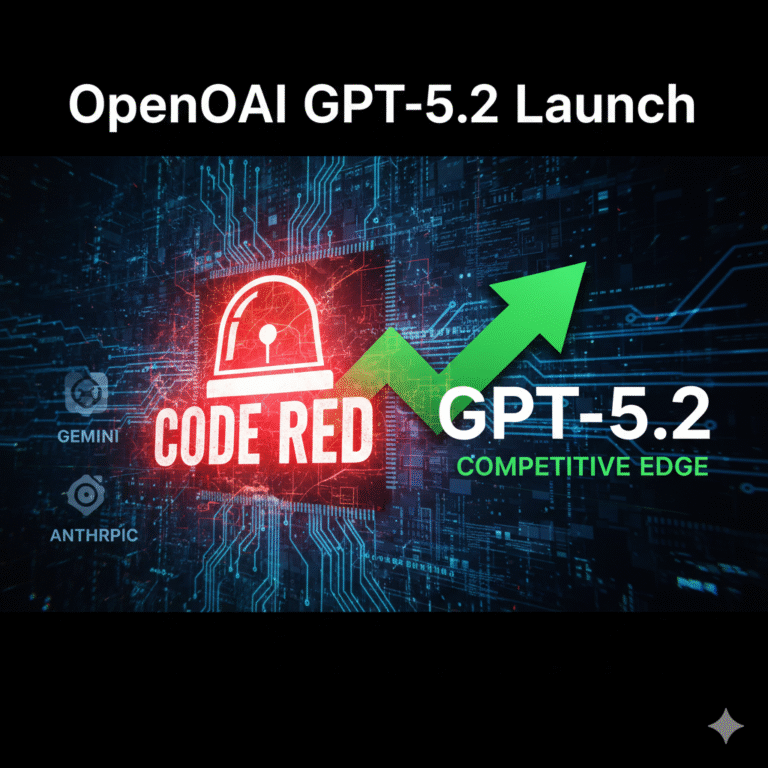
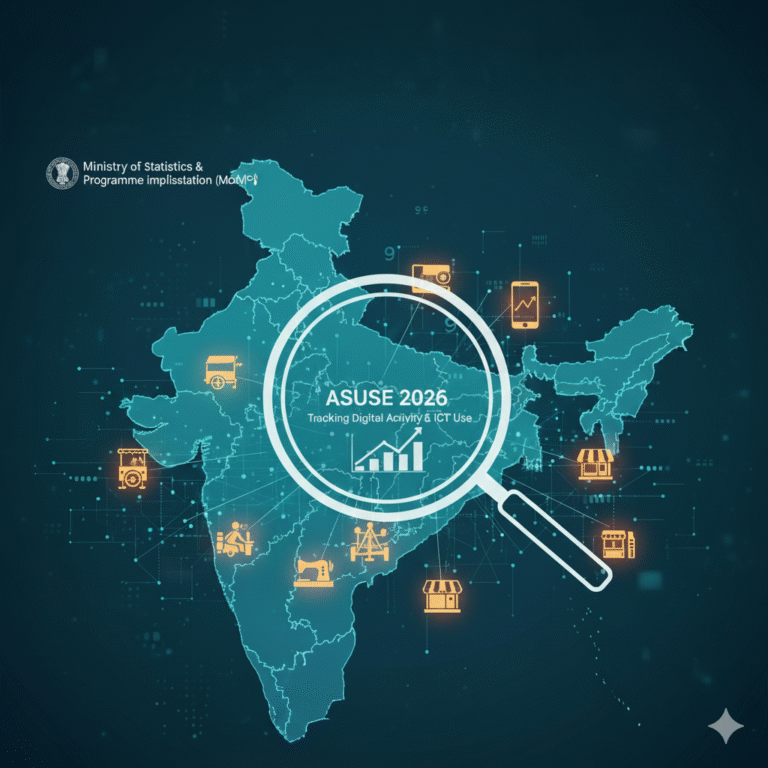
+ There are no comments
Add yours